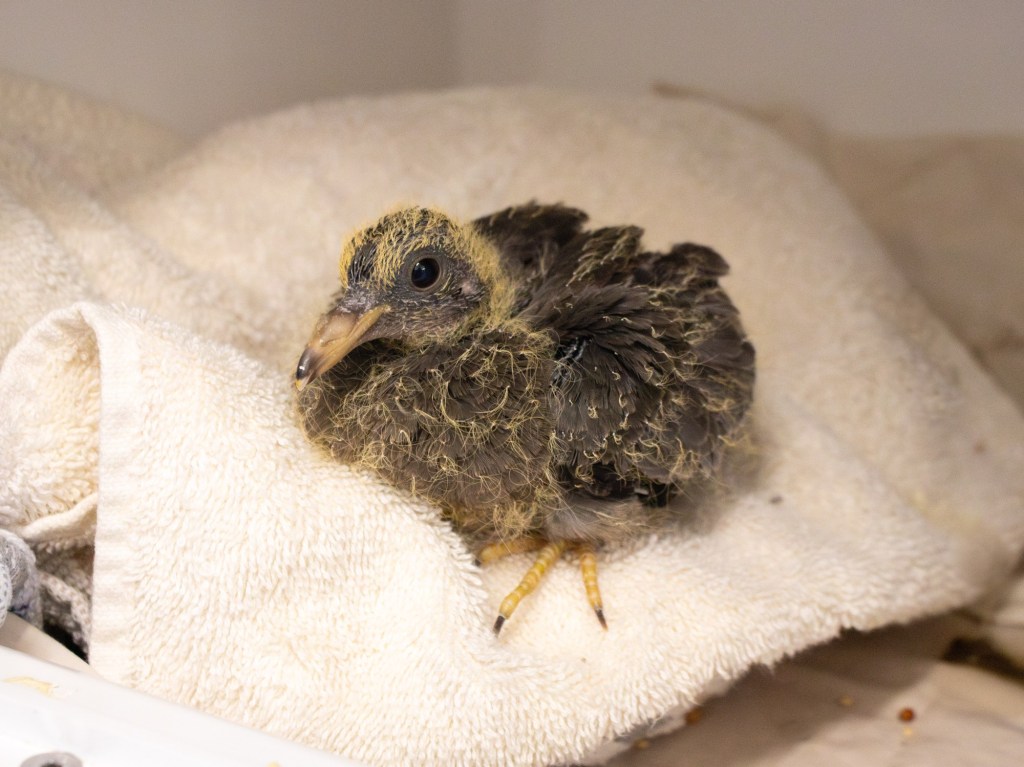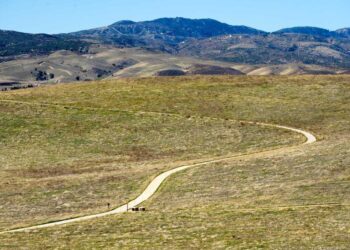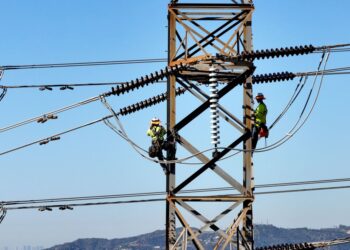My husband, Pierce, and I have finally faced the fact that we are empty nesters.
Our son is 23 and is recently engaged to be married. He has lined up a great paid internship in New York City this summer, which will hopefully lead to a job when he graduates from college next spring.
After years of focusing on raising and launching our only child, we realize we are now at a stage of life where we can re-focus on ourselves.
While Pierce and I are spending a little more time enjoying each other’s company and pursuing our hobbies, hundreds of local bird species are busy working to set up temporary housing around town. Why? Well, it’s nesting season.
Nesting season is the time of year when birds are laying eggs and hatching chicks. For many bird species in California, this typically lasts from February through August.
Birds build nests so they have a place to lay their eggs and raise their young. Nests keep young birds warm while also providing protection from predators and inclement weather.
Many of our local birds are well adapted to living in urban environments and will nest in backyard trees, bushes and even on the ground.
Different species have different types of nests, but, in general, birds make nests from sticks, twigs, leaves, grasses and mud. They also use fur from our pets and wildlife. Hummingbirds even use spiderwebs to build their nests.
It’s best to avoid trimming your trees during nesting season. When pruning and removing vegetation, nests might be crushed or destroyed, or the parents may abandon active nests due to the threat of close human proximity and disturbance to their habitat.
Instead, schedule your tree trimming from fall to late winter. Not only will this benefit local birds, but pruning during colder months is better for most trees.
Before you start trimming, consider hiring a wildlife trained arborist, certified through the International Society of Arboriculture. Also, be sure that you and your arborist are aware of the…
Read the full article here







